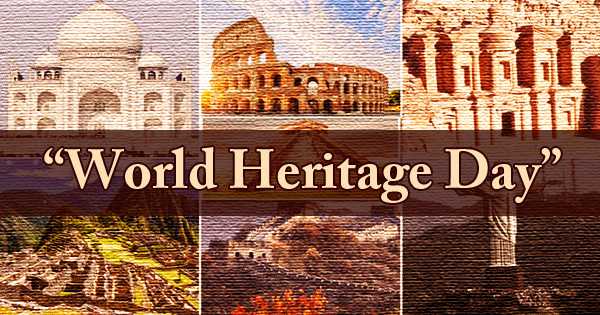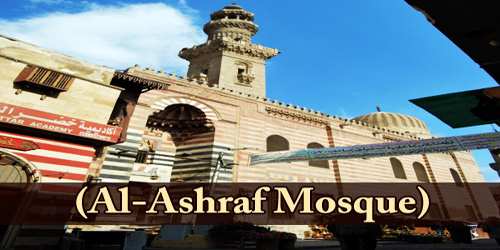“World Heritage Day” is an international observance, also known as The International Day for Monuments and Sites, and it is annually celebrated on 18th April. People around the world celebrate their cultural heritage every day, simply by living their lives in a way that embodies who they are and where they come from. Yet one day a year is set aside to celebrate the human race’s shared history and heritage. World Heritage is described as mankind’s collective wealth. This day is a brilliant reminder of our rich cultural history, and it is our duty not just to ourselves, but to the next generations to preserve our heritage. World Heritage Day enables us to celebrate all the cultures of the world, to raise awareness of global cultural landmarks and sites, and to support the importance of preserving the cultures of the world. World Heritage means places and sites marked by UNESCO (United Nations Educational, Scientific, and Cultural Organization) that are historical, cultural, educational, environmental, scientific, etc. Every year around the world, this day is celebrated with various types of events, including visits to monuments and heritage sites, conferences, round tables, and journal articles. “World Heritage Day” was proposed by the International Council on Monuments and Sites (ICOMOS) on 18th April 1982 and approved by the General Assembly of UNESCO in 1983. This organization was based on the principles set out in the Charter of Venice, otherwise referred to as the International Charter for the Protection and Preservation of Monuments and Sites of 1964. The day is all about raising awareness of the value of cultural heritage diversity and preserving it in the future for generations. All around the world, ancient temples and buildings are an advantage to us.
World Heritage Day speaks to the common value of sites that are particularly special. Not only does it show the significance of the site’s environment, but it also welcomes the efforts of the architects and engineers behind it. There are a variety of different activities that occur all over the world on this day. It is true that heritage sites are vulnerable to multiple risk factors, but we should do all we can to ensure that these valuable assets are preserved to the best of our ability. The main goal of the celebration of this event is to preserve for the next generation the heritage of the three groups, i.e. natural, cultural and mixed, and to put their respective efforts before the world. Today, there are a grand total of 1,121 UNESCO World Heritage Sites worldwide, of which 869 are cultural, 213 are natural and 39 are a mixture. 53 of these are in danger. Nearly 55 sites are under constant threat, including the Jesus birthplace, Church of the Nativity, and Pilgrimage Route in Bethlehem. As they provide shelter to numerous endangered species, natural heritage sites, as well as coastal regions, need special attention. Poaching animals in the national park, for example, should be strictly forbidden because these animals play a significant role in preserving our planet Earth’s ecological balance. There is a theme that each World Heritage Day is assigned to. For each year, we would certainly suggest taking a look at the theme, as it will help to give people some direction about how to celebrate the day.
















